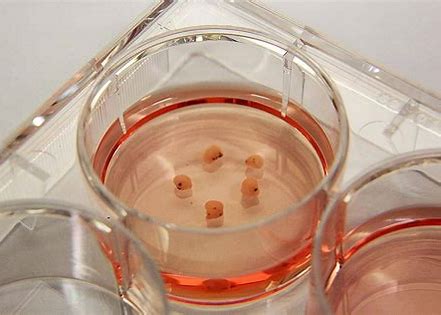
A dozen tiny, creamy balls are suspended in a dish of clear, pink liquid. Seen with the naked eye, they are amorphous blobs. But under a powerful microscope and with some clever staining, their internal complexity is revealed: intricate whorls and layers of red, blue and green.
These are human brain cells, complete with branching outgrowths that have connected with one other, sparking electrical impulses. This is the stuff that thoughts are made of. And yet, these collections of cells were made in a laboratory – in this case, in the lab of Madeline Lancaster at the University of Cambridge.
The structures, known as brain organoids or sometimes “mini-brains”, hold immense promise for helping us understand the brain. They have already produced fresh insights into how this most mysterious organ functions, how it differs in people with autism and how it goes awry in conditions such as dementia and motor neurone disease. They have even been made to grow primitive eyes.
To truly fulfill the potential of mini-brains, however, neuroscientists want to make them bigger and more complex. Some are attempting to grow them with blood vessels. Others are fusing two organoids, each mimicking a different part of the brain.
Should they succeed, their lab-grown brains could model development and disease in the real thing in greater detail than ever before, paving the way to new insights and treatments.
But as researchers seek to make mini-brains genuinely worthy of the name, they move ever closer to a crucial question: at what point will their creations approach sentience?
- A New Scientist report











